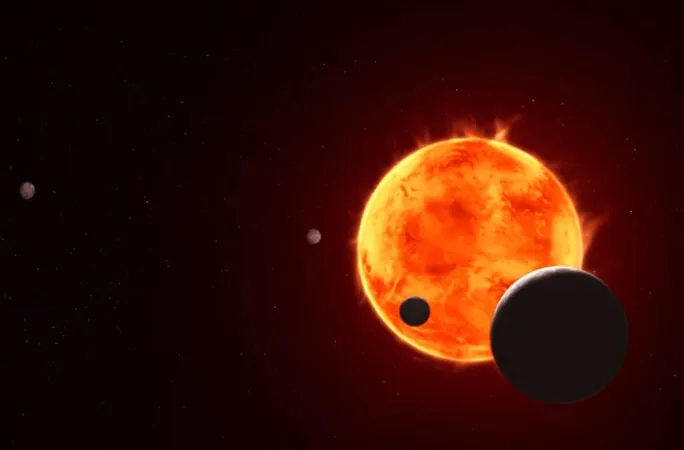
TRAPPIST-1e: Are We One Step Closer to Finding a Habitable World?
2025-09-20
Author: Amelia
In an exciting breakthrough, astronomers using the James Webb Space Telescope (JWST) are inching closer to unveiling the secrets of TRAPPIST-1e, a rocky planet located just 40 light-years away. This intriguing exoplanet might boast an Earth-like atmosphere, sparking hope for potential habitability beyond our home.
An Alien World Awaits
Discovered in 2016, the TRAPPIST-1 system has captivated scientists with its unique characteristics. This faint star, only about the size of Jupiter, is surrounded by seven terrestrial planets, three of which lie within the 'habitable zone'—the perfect region where temperatures may allow for liquid water. Among them, TRAPPIST-1e stands out as the most promising candidate to support life.
Astronomer Néstor Espinoza notes, "It’s a planetary system as alien as you can get, with tiny stars and rocky planets, three of which reside in what we consider the habitable zone." This sets the stage for the tantalizing possibility of discovering life.
The Search for Atmospheres Begins
To detect atmospheres, astronomers employ a technique called transmission spectroscopy. When a planet passes in front of its star, light filters through its atmosphere, allowing researchers to collect identifiable 'fingerprints' of gases present.
Utilizing JWST’s powerful NIRSpec instrument, scientists conducted studies during four transits of TRAPPIST-1e. They captured data across a spectrum of wavelengths, aiming to identify gases like carbon dioxide or methane, which could hint at the planet's atmospheric composition.
Complications in the Data
However, the task is fraught with challenges. Red dwarf stars like TRAPPIST-1 are notorious for their activity, emitting flares and turbulence that can obfuscate signals. The data from the first four transits presented varied stories, complicating the identification of the atmosphere.
Adapting their approach, scientists utilized a machine-learning technique to filter out the stellar noise dynamically. This innovative method illuminated new possibilities: TRAPPIST-1e is unlikely to have a thick hydrogen-rich atmosphere like those found on Neptune or Jupiter.
A Glimmer of Hope
What remains is even more thrilling—evidence suggesting a thinner atmosphere comprised of heavier molecules such as nitrogen or carbon dioxide. This kind of atmosphere could emerge from comet impacts or volcanic activity, essential for a planet's potential habitability.
Espinoza expressed cautious optimism: "Based on our initial observations, we cannot rule out an atmosphere, so there’s hope." With 15 more observations planned, astronomers are eager to dive deeper into the mysteries of this intriguing planet.
The Future of Discovery
TRAPPIST-1e’s unique characteristics—its swift six-day orbital period and proximity to the star—make its transits easier to detect and study. However, further analysis is required to ascertain whether it has a thin atmosphere and how it compares to its neighbors.
Astrophysicist Howard Chen describes TRAPPIST-1e as a "tipping point," suggesting future JWST observations may yield surprises—possibly revealing whether it harbors oceans or remains an arid landscape.
Why It Matters
Confirming an atmosphere on TRAPPIST-1e would mark a monumental shift in our understanding of habitability in the cosmos. It would demonstrate that rocky planets orbiting red dwarfs, the most common stars in our galaxy, can retain atmospheres—expanding the search for extraterrestrial life.
Whether this planet is ultimately found to be habitable or barren, the ramifications of this research will guide our astronomical pursuits for decades to come. It’s a thrilling time in the exploration of space, with discoveries potentially rewriting the narrative of life beyond Earth.

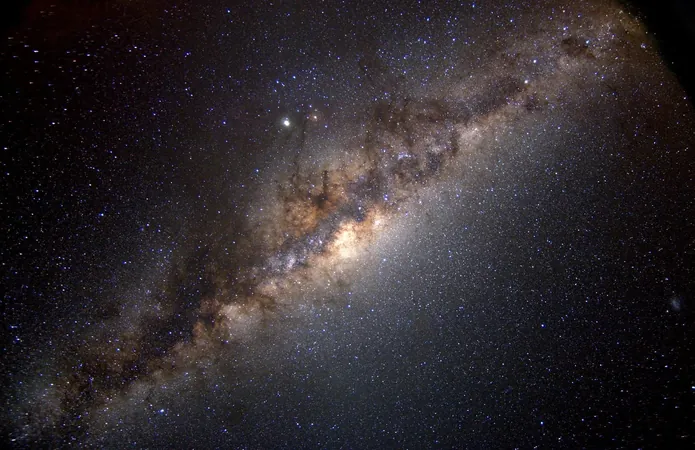
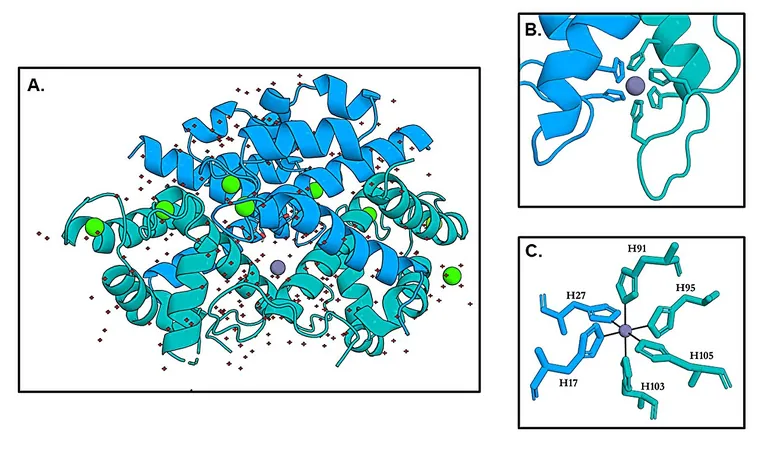
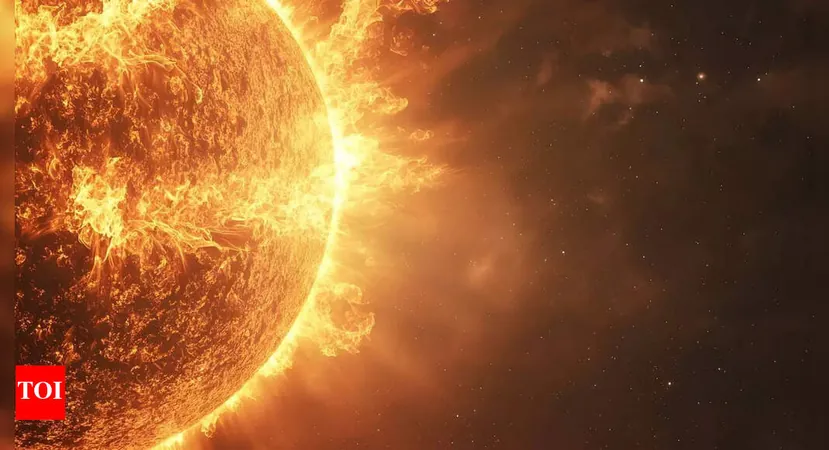

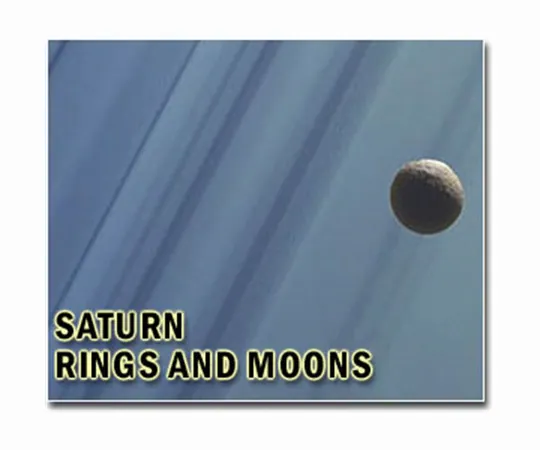

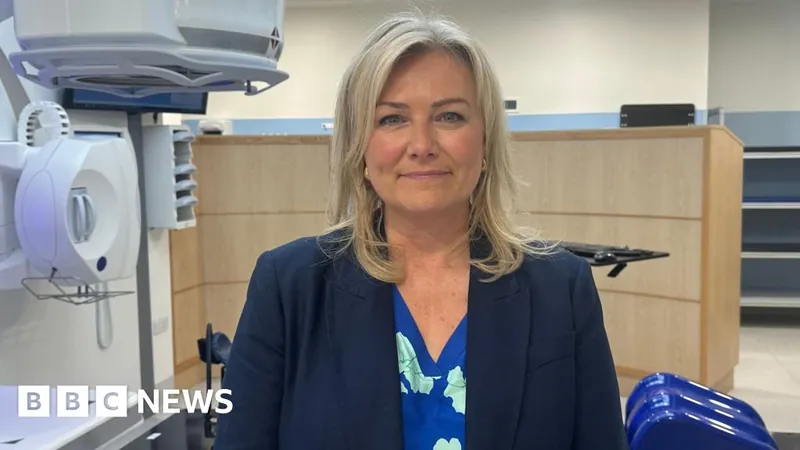

 Brasil (PT)
Brasil (PT)
 Canada (EN)
Canada (EN)
 Chile (ES)
Chile (ES)
 Česko (CS)
Česko (CS)
 대한민국 (KO)
대한민국 (KO)
 España (ES)
España (ES)
 France (FR)
France (FR)
 Hong Kong (EN)
Hong Kong (EN)
 Italia (IT)
Italia (IT)
 日本 (JA)
日本 (JA)
 Magyarország (HU)
Magyarország (HU)
 Norge (NO)
Norge (NO)
 Polska (PL)
Polska (PL)
 Schweiz (DE)
Schweiz (DE)
 Singapore (EN)
Singapore (EN)
 Sverige (SV)
Sverige (SV)
 Suomi (FI)
Suomi (FI)
 Türkiye (TR)
Türkiye (TR)
 الإمارات العربية المتحدة (AR)
الإمارات العربية المتحدة (AR)